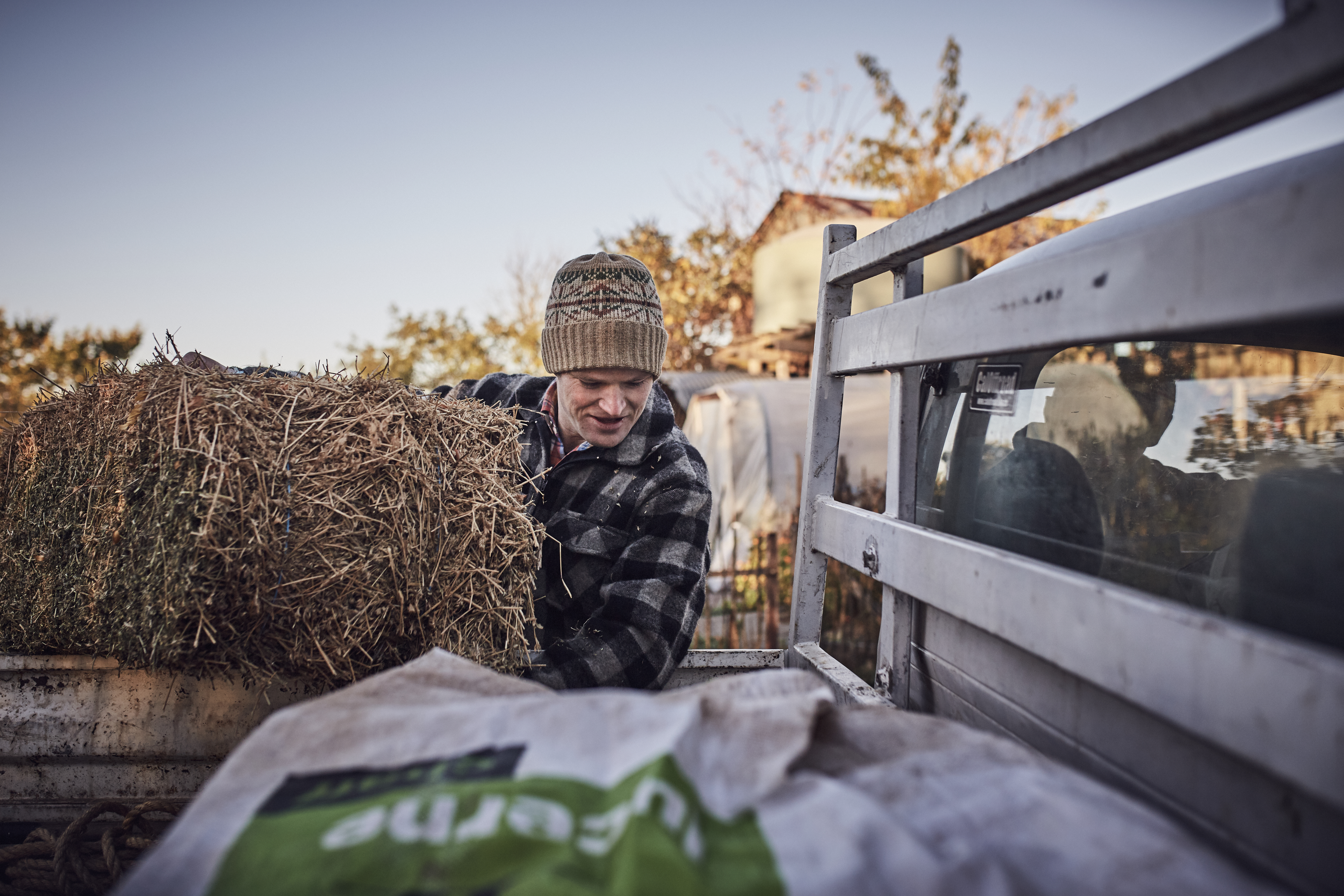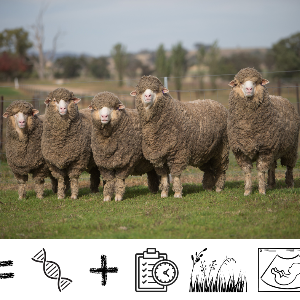Strategies and tactics for the season
.jpg/f445c4c8084e11efb0efda68b0ea5d9e)
As we battle on with the current poor season that we find ourselves in, it's important to remember that we're not alone, and that there are resources and support available to help.
Tackling tough times together
Recently AWI Extension WA ran a 2-part webinar series, together with DPIRD, with short and snappy presentations from a variety of presenters, designed to support you with decision-making and being proactive during the current challenging season and market conditions. You can check out the recordings from the two sessions here. We learned a lot during the two sessions, so we encourage you to check out the recordings if you haven’t already.
One of the presenters was sheep industry economist, John Young, from Farming Systems Analysis Service. John took us through what’s required to manage the current situation and provided some rules of thumb that will help with making those decisions. Here are some of the key takeaways.
Feed budgeting and purchasing decisions
Early decision making reduces stress because the decision is made, and you can move
on. Know your response to stress. Some like the continual decision making and monitoring
the unfolding situation, others prefer a set and forget.
Previous dry seasons have shown that planning and early decision making benefits the business and everyone working in it. It’s important to have these plans in place early to monitor stock condition, and make decisions about which classes of stock to keep. This will also include the feed and water required to see them through, and the resources available to aid in decision making. Make those decisions on the feed and water budget right up until spring and keep those plans up to date to minimise surprises along the way.
Feed purchasing decisions should be based on the cost of metabolisable energy. Buy the cheapest feed in c/MJ of metabolisable energy. It might be necessary to introduce stock to a new feed if you are having to change feed sources. If cash flow is limited, then focus on the gross margin per dollar that you spend on feed. If you’ve got sufficient grain on hand or your cash flow is sufficient to buy grain, then focus on gross margin per DSE.
John's also provided some rules of thumb when making your feed budgets. These along with John's comments about the benefits of confinement feeding, plus Audrey Bird of ‘Windorah Farms’ Wickepin tips from her confinement feeding set up and more, can all be checked out via the video of the presentations here. For more on feed budgeting, also refer to our article ‘Feed budgeting 101’ in our current newsletter (Autumn 2024).
Efficient feed allocation
Efficient feed allocation is always important but even more so this year. John Young highlighted the tactic of making sure you have targets for your different classes of livestock, and differentially feed those animals to achieve those targets. You’ll need to constantly monitor the live weight and condition scores of your stock to adjust your feeding rates to achieve your targets.
Get a feed test done on your grain to understand your ration and calibrate your feeding out equipment, to be able to adjust your rates as required and know exactly what you are feeding out.
If you are adjusting your ration based on live weight targets then make sure you allow for growth of conceptus in pregnant ewes which is about 200grams/head/day in the last month or two of pregnancy. Also consider separating your good doers from your tail and feed accordingly. You won’t necessarily have to increase the amount that you feed your tail, separating them will just give them more time to consume the feed with less competition.
Pregnancy scanning will be an important tactic this year. This will allow you to sell your dry ewes or reduce feed to them. This will also allow you to differentially feed multiple bearing ewes to increase lamb survival. Foetal ageing can also be used to further focus the feeding to optimise efficiency. Pregnancy scanning might also open up the opportunity to sell ewes that are scanned in lamb if you can get access to that market. Another tactic is to remove ewes that lambed and lost to further target feeding during lactation.
Prioritising which animals to sell and retain
Dr Mark Ferguson, CEO of neXtgen Agri, highlighted in his presentation that more than ever there is no room for leaky taps in your breeding program. Everyone has got some wastage in their flocks with some good sheep and some bad sheep. In these tough times, consider which ewes to retain and which to get rid of, and also revisit your breeding strategy to help you minimise that wastage over time.
If you’re in the position of deciding what ewes to get rid of, make sure you consider which ewes will help you rebuild your flock numbers more quickly down the track when you are ready to bounce back. Reproducing ewes are a higher priority than dry ewes. Also factor in that young ewes have a lower ability to generate more lambs to rebuild your flock. After getting rid of your dry’s, next your oldest ewes should be the first to go. The next group is your least productive ewes from all age groups. Next are your youngest ewes, followed by your second oldest.
When you are ready to sit back and revisit your breeding strategy, start with a blank piece of paper and define what your perfect sheep is. Next establish your current baseline, then make a plan and allocate resources to achieve your goal. Consistency is key to minimising wastage and accelerating your genetic gain towards achieving your goal. Don’t use one approach with your ram selections and another for your ewes, and don't chop and change quickly with the markets. You can check out Mark’s comments in full via the video link here.
If you’re in a situation where you need to sell more animals John Young suggests that you sell your fatter animals and keep the thinner animals, and be vigilant about any further weight loss to reduce ewe and lamb mortality.
None of us want to be feeding ewes lambs through lactation until weaning and fingers crossed the season turns a corner so we can avoid this. One positive that John Young highlighted was that feeding ewes through lactation could potentially be a profitable exercise if prices pick up above $4.50/kg per lamb as expected given the predicted drop in supply.
Is likely to be a tough couple of months for most of us, but don’t forget that we also need to think ahead and prepare for next season, and for better times ahead. As always, make sure you consider your mental health and factor it into decisions made. There is support available for you and your family.
For more information and support check out the following dry season resources:
General:
- Tackling tough times webinar recordings (AWI Extension WA and DPIRD)
Session 1: https://youtu.be/3_pcjk_GlvM
- Seasonal outlook - Ian Foster, DPIRD
- Mental health check - Terry Melrose, The Regional Men's Health Initiative
- Strategies for breeding sheep in uncertain times - Dr Mark Ferguson, neXtgen Agri
- The latest from The Livestock Collective - Dr Holly Ludeman, The Livestock Collective
Session 2: https://youtu.be/3Xur33F41YY
- Market update - Greg Tilbrook, AWN
- WaterSmart Farms program - Dr Richard George, DPIRD
- Managing tough times: Strategies and tactics - John Young, Farming Systems Analysis Service
- Confinement feeding - Audrey Bird, ‘Windorah Farms’ Wickepin, and Kaitlyn Anderson, Facey Group
- Season 2024: information for WA farmers (DPIRD)
- Strategies and tactics for sheep producers in a poor season (DPIRD)
- AWI drought resources (AWI)
- Dry ready hub (MLA)
- Dry season resources - podcasts & videos (South-West WA Drought Resilience and Innovation Hub)
- Managing sheep in the poor season (DPIRD)
- Feeding and managing sheep in dry times (DPIRD)
- The Good Food Guide for Sheep (DPIRD)
Sheep supplementary feeding and nutrition
- Sheep feeding and nutrition (DPIRD)
- Condition scoring sheep (DPIRD)
- Supplementary feeding and feed budgeting for sheep (DPIRD)
- Alternative feed sources for sheep (DPIRD)
- Tips for hand feeding sheep (DPIRD)
- Sheep management and reproduction (DPIRD)
- Supplementary feeding calculator for pregnant and lactating ewes (DPIRD)
- Feed cost calculator (DPIRD)
- Other Tools and resources for sheep and grazing management (DPIRD)
Confinement feeding
- Guidebook on managing breeding ewes in containment areas (MLA)
- Confined paddock feeding and feedlotting of sheep (DPIRD)
Animal welfare
- Animal welfare resources and publications (DPIRD)
- Assessing sheep body condition for transport or sale at saleyards (DPIRD)
- Are sheep and cattle fit to load? (DPIRD)
- Welfare decisions for sheep (DPIRD)
- Humane destruction of sheep and cattle (DPIRD)
Pasture management
- Deferred grazing at the break of the season (DPIRD)
- Grazing annual pastures – using FOO as a guide (DPIRD)
- Annual pasture quality and quantity (DPIRD)
- Grazing crops for extra winter feed (DPIRD)
- Boosting winter pasture growth with nitrogen (DPIRD)
- Annual Ryegrass Toxicity (DPIRD)
Water
- Water quality information for livestock (DPIRD)
- Water budgeting information for different classes of stock (DPIRD)
Support:
- Funding and support information for WA primary producers (DPIRD)
- Western Australia’s rural support services (DPIRD)
Georgia Pugh, AWI Extension WA








